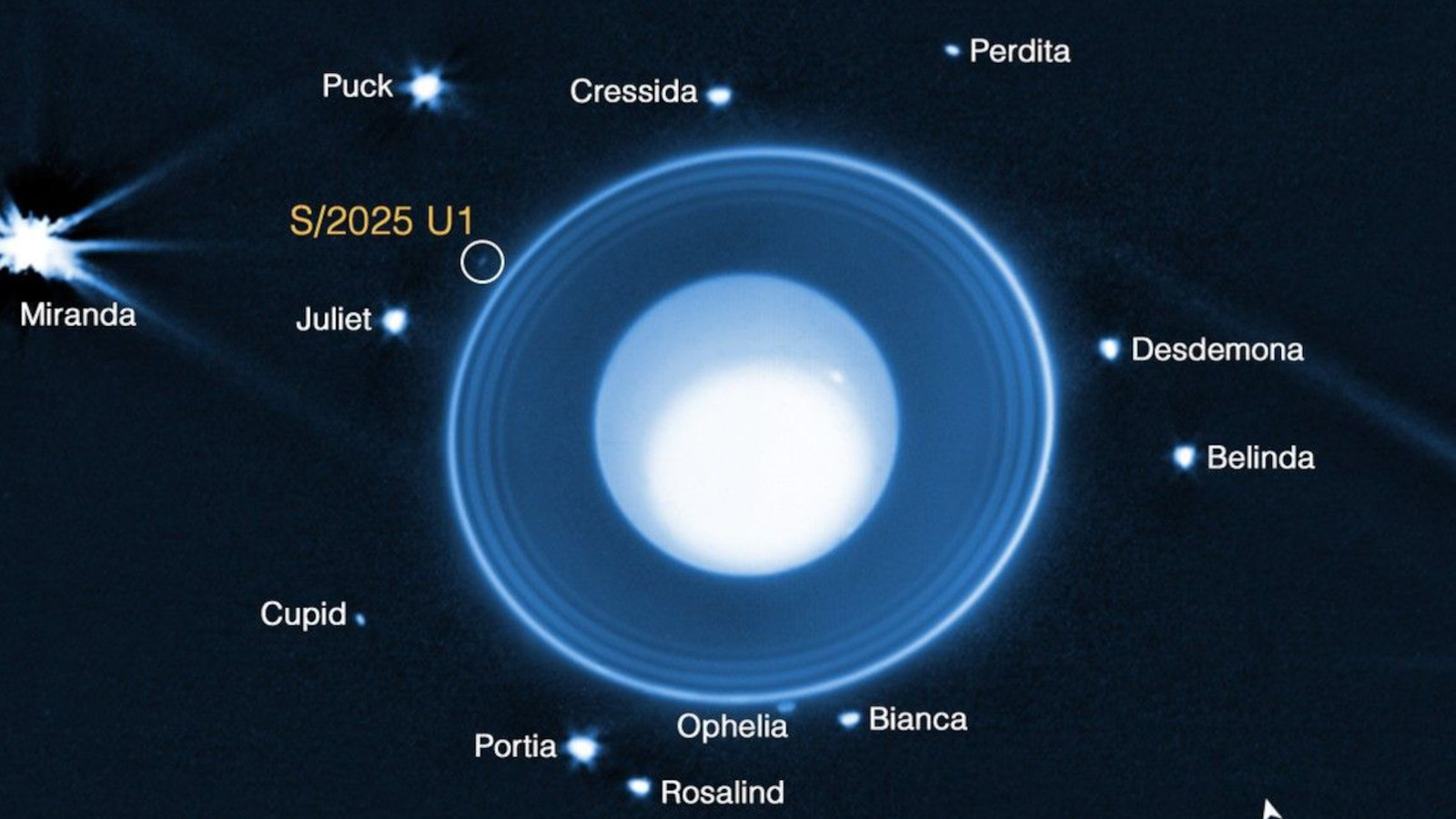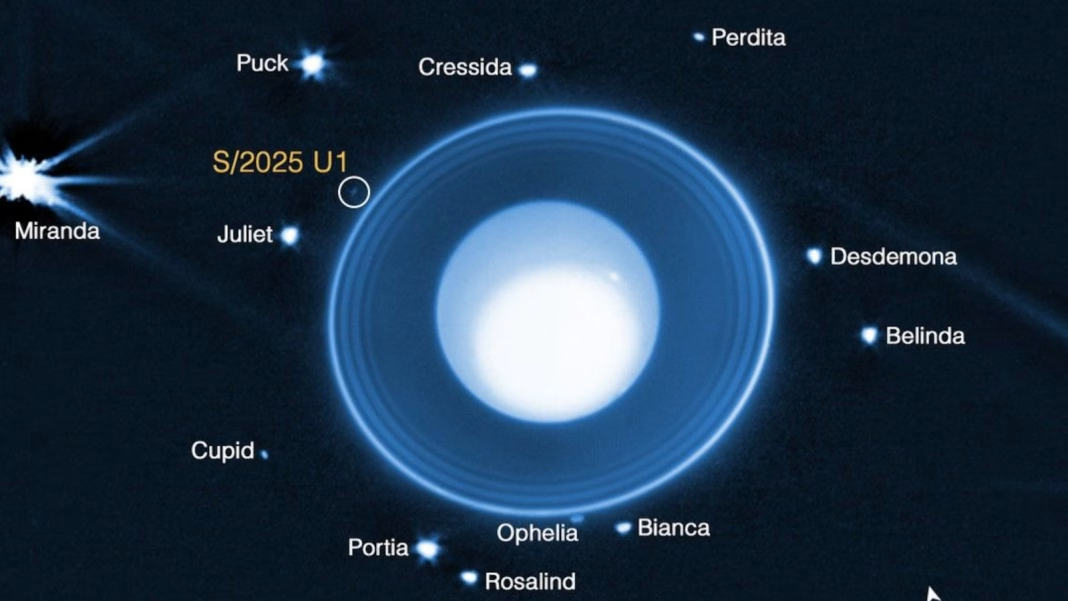How Did Scientists Finally Spot This Tiny Moon Orbiting Uranus?
For decades, astronomers suspected Uranus might have more moons hiding in its shadowy outskirts. But with a diameter of just six miles, this newly discovered satellite was practically invisible to even our best telescopes. So, how did scientists finally catch a glimpse of it?
The answer lies in the power of the James Webb Space Telescope. Unlike ground-based observatories, Webb peers into the cosmos with infrared vision, cutting through the icy glare and distance that once concealed this moon. By stacking multiple long-exposure images and using advanced image-processing algorithms, researchers teased out the faint signature of this elusive object. It’s a bit like finding a single firefly in a pitch-black forest—patience, technology, and a dash of luck all played a part.
Why Does the Discovery of a Six-Mile Moon Matter?
At first glance, a moon the size of a small town might not seem like a big deal. But in planetary science, even the tiniest discoveries can rewrite the story of our solar system. Uranus already boasts 27 known moons, most of them named after characters from Shakespeare and Alexander Pope. Each new addition helps astronomers piece together how the planet and its retinue formed.
This six-mile moon, for example, could be a leftover from a cosmic collision or a captured object from the Kuiper Belt. Its orbit and composition might reveal clues about Uranus’s violent past—did a massive impact tip the planet on its side, scattering debris that later coalesced into moons? Or is this moon an interloper, snatched from the icy reaches beyond Neptune? Every new detail adds a brushstroke to the portrait of our solar system’s history.
What Challenges Do Scientists Face When Searching for Tiny Moons?
Spotting a moon this small is no easy feat. Uranus sits nearly two billion miles from Earth, and its faint, diffuse rings make it even harder to distinguish small objects nearby. The glare from the planet itself can overwhelm sensitive detectors, and the background noise from cosmic rays and distant stars complicates things further.
To overcome these hurdles, astronomers rely on a mix of cutting-edge technology and creative problem-solving. The James Webb Space Telescope’s infrared sensors can detect heat signatures from objects that would otherwise be invisible. Meanwhile, data scientists develop new algorithms to filter out noise and enhance the faintest signals. It’s a blend of art and science—sometimes, a researcher’s intuition about where to look is just as important as the hardware in orbit.
Could There Be Even More Hidden Moons Around Uranus?
Absolutely. If a six-mile-wide moon managed to evade detection until now, it’s entirely possible that Uranus harbors even smaller satellites. Some experts estimate that dozens of moonlets, perhaps only a mile or two across, could be lurking in the planet’s complex ring system. As telescopes become more sensitive and data analysis techniques improve, the odds of finding these cosmic wallflowers go up.
And it’s not just Uranus. Other gas giants like Saturn and Jupiter are also suspected of hosting undiscovered moons. Each new find helps refine our understanding of how planets and their satellites evolve over billions of years.
What Does This Mean for the Future of Planetary Exploration?
The discovery of such a tiny moon is a testament to how far astronomy has come—and how much more there is to learn. As missions like the James Webb Space Telescope continue to push the boundaries, we’re likely to uncover more surprises in our own cosmic backyard. These findings don’t just satisfy curiosity; they shape the questions we ask about planet formation, orbital dynamics, and even the potential for life in unexpected places.
The big takeaway? Uncovering the secrets of Uranus’s moons isn’t about perfection—it’s about smarter adjustments. Start with one change this week, whether it’s following the latest space news or diving into a new astronomy podcast, and you’ll likely spot the difference in your cosmic curiosity by month’s end.


